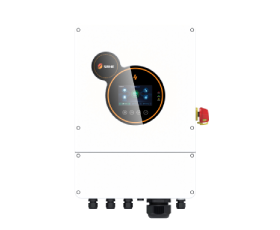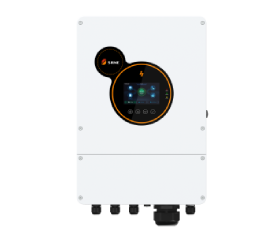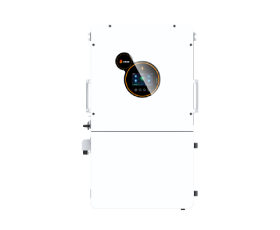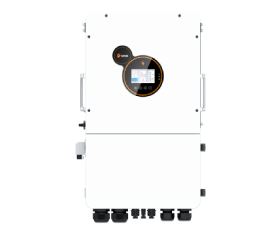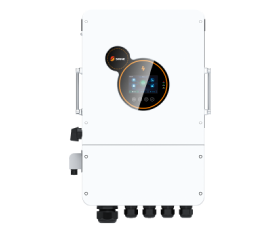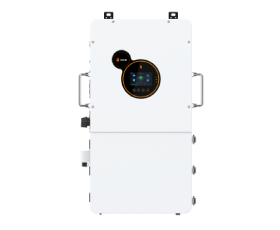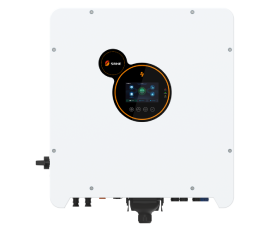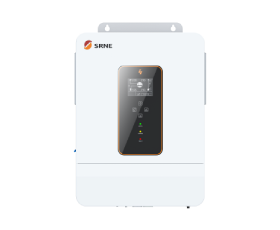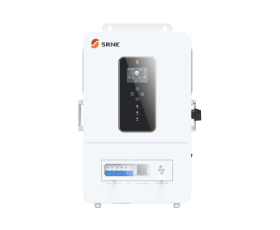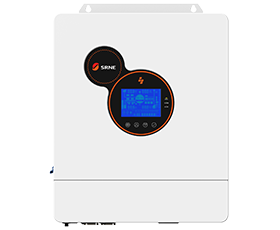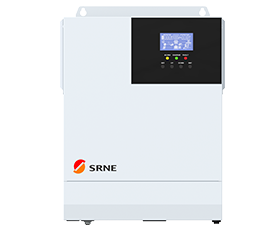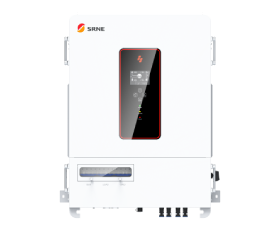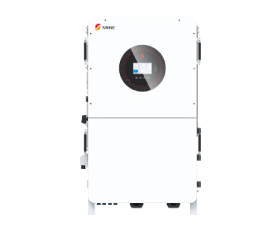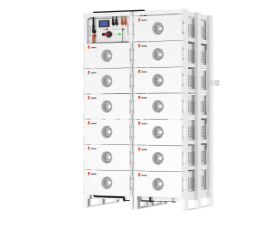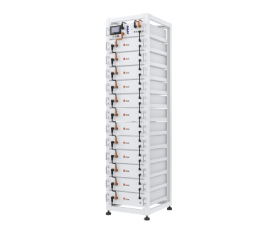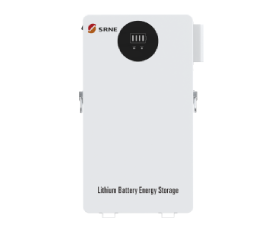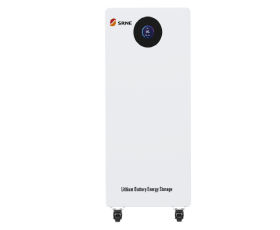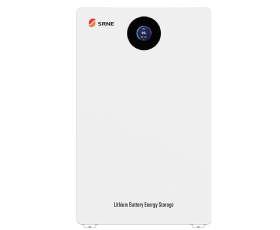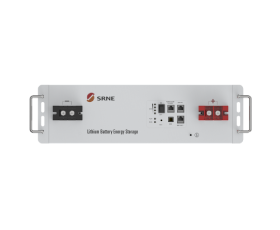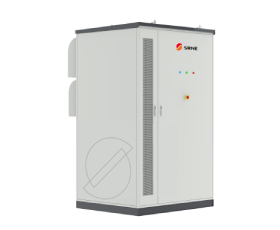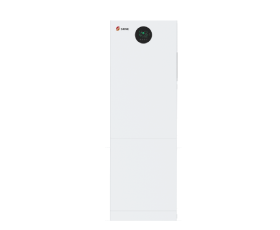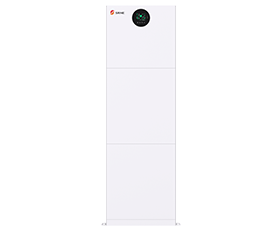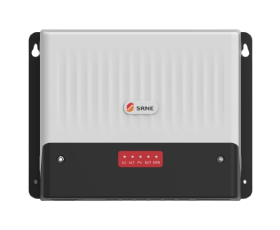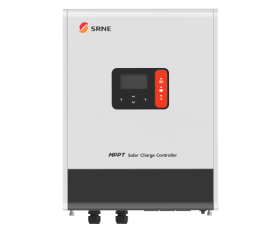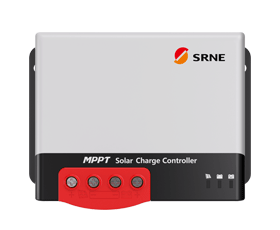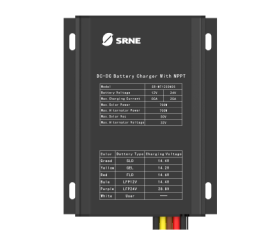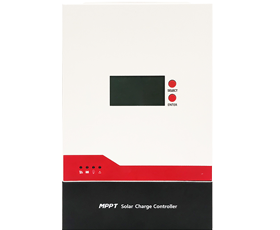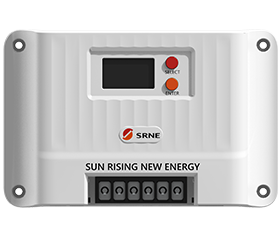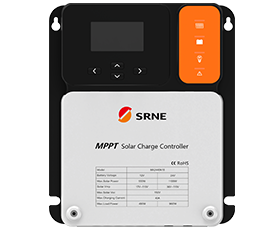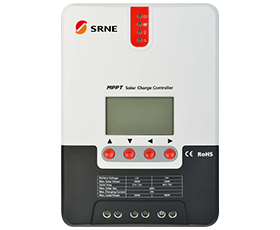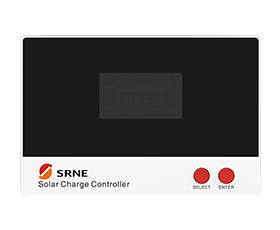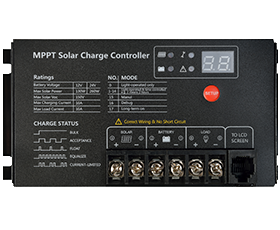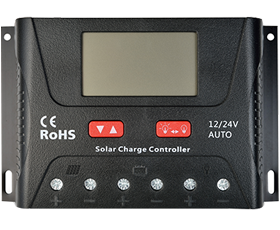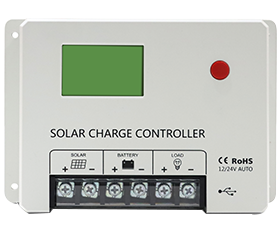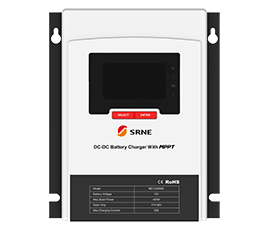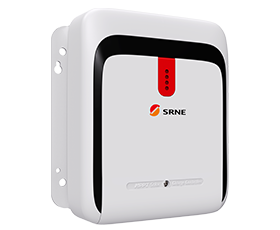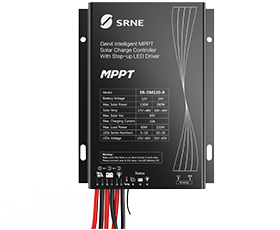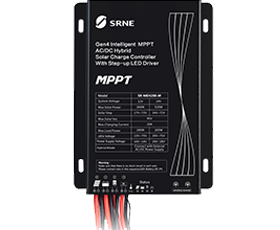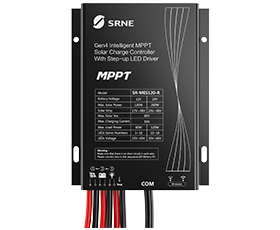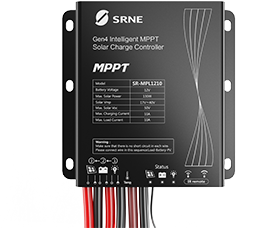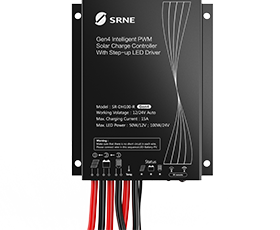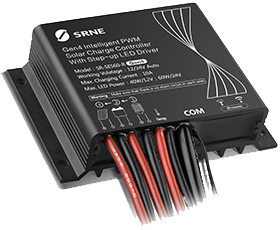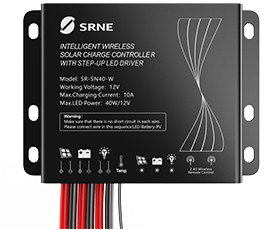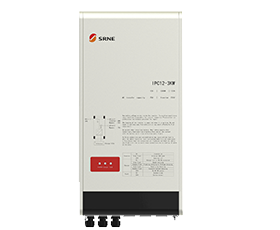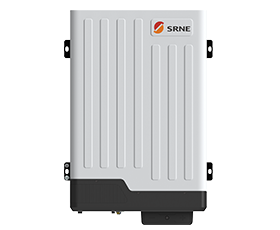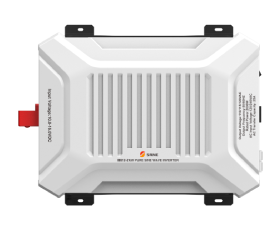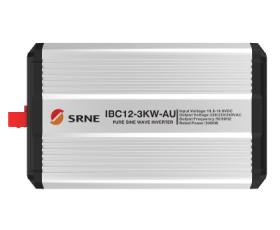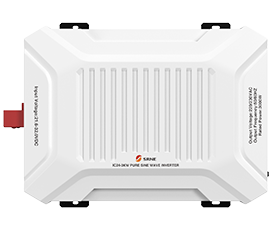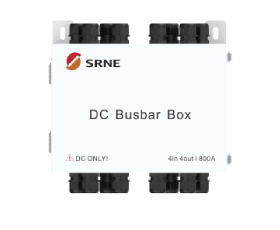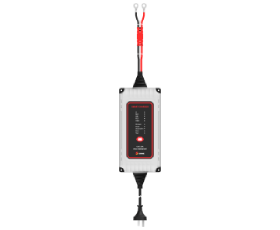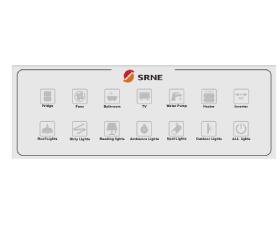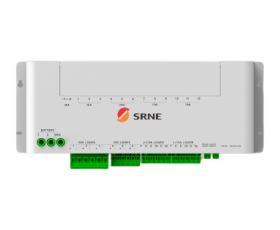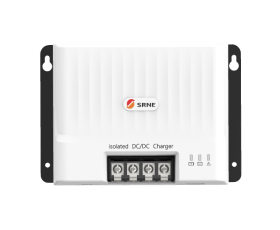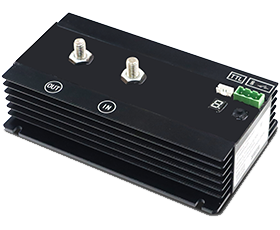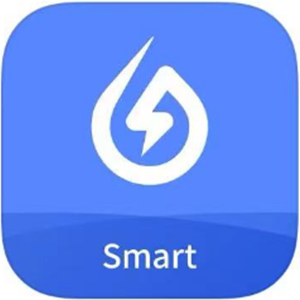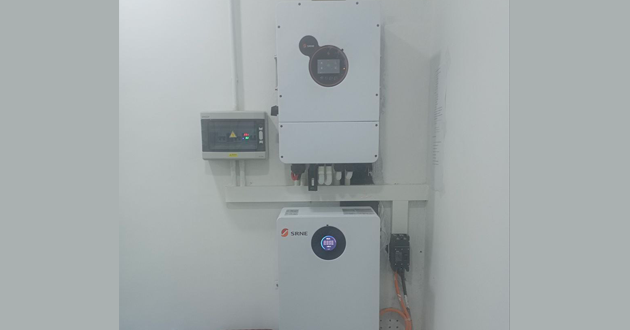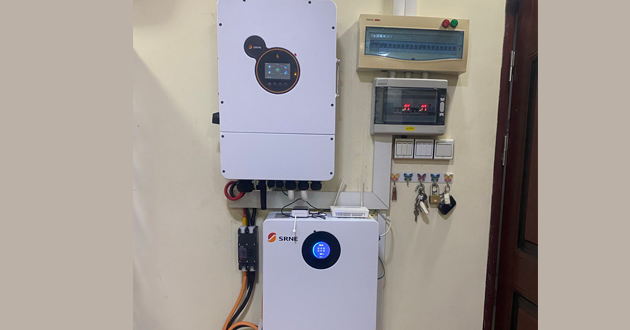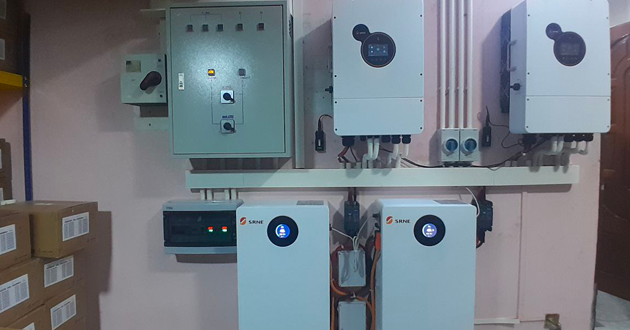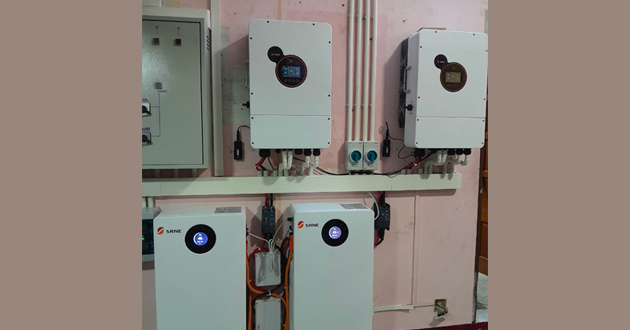Should I Turn My Hybrid Inverter Off at Night?
In this guide, we’ll look at why it’s usually better to leave your hybrid inverter on 24/7, when it does make sense to shut it down, and how to protect it so it runs safely and reliably for years.
We’ll also draw on real user experiences, including a Reddit discussion where most owners agree: for systems with batteries, it’s generally best to let the hybrid inverter keep doing its job day and night.
Why You Should Usually Leave Your Hybrid Inverter On
1.Battery management
In a hybrid system with batteries, the inverter really needs to stay on so it can manage charging and discharging properly at all times. Even at night, when there’s no solar coming in, the inverter may still be balancing cells, protecting the battery from over-discharge, and getting everything ready for the next day’s energy use.
If your system is set up to charge from the grid during off-peak hours, the inverter has to remain powered so it can automatically top up the battery when electricity is cheapest. That way, you’ve got enough stored energy ready for early-morning loads or any unexpected outage.
Put simply, leaving the hybrid solar power inverter running helps keep your battery healthier, more efficient, and ready when you need it.
2.Seamless grid switching
One of the big advantages of a hybrid inverter is its ability to smoothly switch between solar, battery, and grid power. For that to happen automatically, the inverter has to stay active.
If the grid fails during the night, a powered-on inverter can instantly move into backup mode and keep your essential loads running without you needing to touch anything. When utility power returns, it simply switches back again.
As one Reddit user put it:
“If you have a battery … my hybrid power inverter and battery is on all the time.”
That comment pretty much captures the tone of the whole thread: if your system includes battery storage, leaving the hybrid inverter on 24/7 is generally the safest and most hassle-free approach. Other users pointed out that switching it off at night doesn’t just risk losing the ability to power your home from the battery, it can also mean missing the chance to charge the battery on cheaper off-peak electricity.
One commenter added a very practical concern: if you forget to turn the inverter back on before sunrise, you could lose an entire block of morning solar production. In many cases, that lost energy is worth more than whatever tiny amount of standby power you saved overnight.
Taken together, these real-world experiences suggest that frequently turning a hybrid inverter off and on undermines the “always ready” nature of the system and increases the risk that you won’t have backup power when you really need it. If you’d like to dive deeper into what other users are saying, you can read the full Reddit discussion here:
https://www.reddit.com/r/solarenergy/comments/1otzigu/should_i_turn_my_hybrid_inverter_off_at_night
/#:~:text=You%20should%20leave%20your%20hybrid,to%20let%20it%20run%20continuously.
3.System monitoring and protection
Hybrid inverters don’t just move power around—they also act as the “brain” of the system, constantly watching what’s going on. They track battery status, grid conditions, energy flows, temperatures, and error events, and they do this 24/7.
If you turn the hybrid power inverter off every night, you break this monitoring routine. That can lead to gaps in performance data, missed alerts, communication hiccups between components, and even issues with how your monitoring app syncs and reports information.
Leaving the inverter on ensures continuous monitoring, complete data, and more stable long-term system behaviour.
4.Less stress on components
It’s easy to assume that switching the inverter off each night might extend its life, but in many cases the opposite is true. Powering up and down puts extra stress on components like capacitors and relays, because they experience the highest electrical and thermal stress during startup.
Modern hybrid solar power inverters are designed to run 24/7 and typically use very little power in standby. Keeping them on and letting them idle is usually gentler on the hardware than repeatedly shutting them down and restarting.
By allowing the inverter to operate continuously, you support smoother performance and can reduce the risk of premature wear on internal components.
When It Does Make Sense to Turn Off the Hybrid Solar Power Inverter
1.Scheduled maintenance
When maintenance is planned, turning off your hybrid solar power inverter isn’t optional—it’s a must. Any time a licensed electrician or technician is working on the main switchboard, AC or DC cabling, breakers, or protection devices connected to the solar inverter, the system should be fully shut down. This keeps the person working on it safe and helps protect your equipment from accidental damage.
Always follow the shutdown and startup steps in the hybrid inverter’s manual rather than guessing. A common sequence is: switch off the AC isolator → switch off the DC isolator → wait for the screen or indicator lights to go completely off, then reverse that order when turning it back on. Sticking to the correct procedure reduces the risk of faults, error codes, and unnecessary stress on internal components.
2.Emergency situations
In an emergency, safety matters far more than keeping your hybrid power inverter running. If there’s a fire, flooding, severe storm damage, or any situation where water, smoke, or debris could reach your electrical system, it may be necessary to shut everything down—including the hybrid inverter and battery.
In these situations, follow the directions of emergency services or local authorities. If they tell you to cut the power, that applies to your solar and storage system as well. If it’s safe to approach the equipment, use the recommended shutdown steps instead of randomly flipping breakers. After the danger has passed and a qualified professional has checked the system, you can restart the hybrid inverter according to the manufacturer’s instructions.
3.Following specific instructions from installer or manufacturer
There are times when switching your hybrid power inverter off is simply part of normal troubleshooting. Some faults, communication issues, or firmware glitches can only be cleared with a controlled restart. Your installer or the manufacturer’s support team may ask you to shut the inverter down and power it back up, or to restart certain components in a particular order.
When that happens, it’s important to follow their instructions carefully—both to avoid making the issue worse and to keep your warranty intact. Outside of maintenance, emergencies, or guided troubleshooting, there’s usually no advantage to turning a hybrid inverter off regularly. In most cases, it’s designed to run continuously and does its job best that way.
How to Protect a Hybrid Power Inverter
1.Install the hybrid solar inverter in a suitable location
Where you install your hybrid inverter has a big influence on both its lifespan and day-to-day performance. Ideally, it should be mounted in a cool, dry, well-ventilated place—such as a garage, utility room, shaded exterior wall, or a protected outdoor cabinet. Electronics and heat don’t mix well, so keeping the hybrid inverter out of direct sunlight and away from cramped, airless corners will help it run cooler and last longer.
Avoid spots that are damp, exposed to splashes or potential flooding, or filled with dust, fumes, or corrosive air (for example, some workshops or chemical storage areas). Dust and grime can clog vents, restrict airflow, and slowly overheat internal components.
Also pay attention to clearance around the unit. Most manufacturers specify a minimum distance from walls and nearby equipment. That space isn’t just for looks—it helps the hybrid inverter cool itself properly and gives technicians safe, easy access for inspections and maintenance.
2.Ensure proper electrical protection
Good electrical protection is one of the best ways to safeguard your hybrid solar power inverter. On both the AC and DC sides, there should be correctly rated breakers, fuses, or isolators to protect cables and equipment from overloads and short circuits. That means protection between the inverter and the grid, between the inverter and the battery, and between the inverter and the solar panels.
Surge protection devices (SPDs) are also strongly recommended, especially if you live in an area with frequent lightning or an unstable grid. A well-designed surge protection setup can divert sudden voltage spikes away from your hybrid inverter and other sensitive electronics before they cause serious damage.
All of this should be designed and installed by a qualified electrician or solar professional, not tackled as a DIY project. Incorrectly chosen or wired protection can lead to constant tripping, unsafe conditions, or even void your warranty. When the protection is done right, your hybrid inverter is far better prepared for whatever the grid or environment throws at it.
3.Monitor performance regularly
Most modern hybrid solar inverters come with a monitoring app or online portal—and it’s worth making use of it. Checking in on your system every now and then is a simple, effective way to catch issues early.
Keep an eye on key indicators like battery state of charge, daily energy production and consumption, inverter temperature, and any warnings or error messages. Things like a sudden drop in output on one string, a battery that rarely reaches full charge, or unusual night-time energy use can all be early signs that something isn’t quite right.
If you notice odd patterns—repeated alarms, unexplained production dips, or temperatures that stay higher than normal—it’s a good idea to investigate or contact your installer before the problem grows. A little early attention can prevent damage to the hybrid inverter, protect your battery, and help the entire system run more smoothly and efficiently over the long term.
Read more:
https://www.srnesolar.com/articledetail/can-a-hybrid-inverter-work-without-a-grid.html
https://www.srnesolar.com/articledetail/how-much-does-a-hybrid-inverter-cost-a-complete-guide.html
Conclusion
In most everyday scenarios, turning your hybrid inverter off at night doesn’t help—and can actually work against you. Leaving it on allows the system to manage battery charging, respond instantly to outages, log performance data, and run its electronics in a gentle, steady way instead of enduring constant power cycling.





















